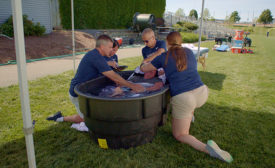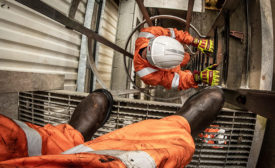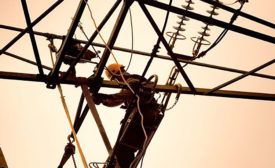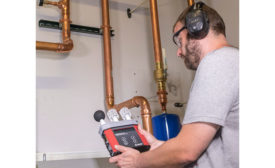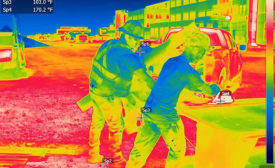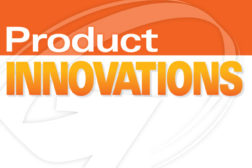Home » Keywords: » extreme environments
Items Tagged with 'extreme environments'
ARTICLES
Assess high heat & burn threats
It’s easy to over-protect – or under-protect – your workers from thermal exposures.
May 8, 2019
Heat stress prevention tips
Acclimatization, break schedules, ventilation, clothing & monitoring stress can avoid illnesses and even fatilities.
May 1, 2019
High temperatures stress the body and require cooling off practices
Heating up & cooling down
April 19, 2019
Honeywell Safety Products launches Uvex Livewire™ sealed eyewear for extreme work environments
Best-in-class anti-fog and anti-scratch performance combines with innovative custom fit technologies to deliver superior eye protection
October 2, 2013
Get our new eMagazine delivered to your inbox every month.
Stay in the know on the latest safety trends.
SUBSCRIBE TODAYCopyright ©2024. All Rights Reserved BNP Media.
Design, CMS, Hosting & Web Development :: ePublishing
